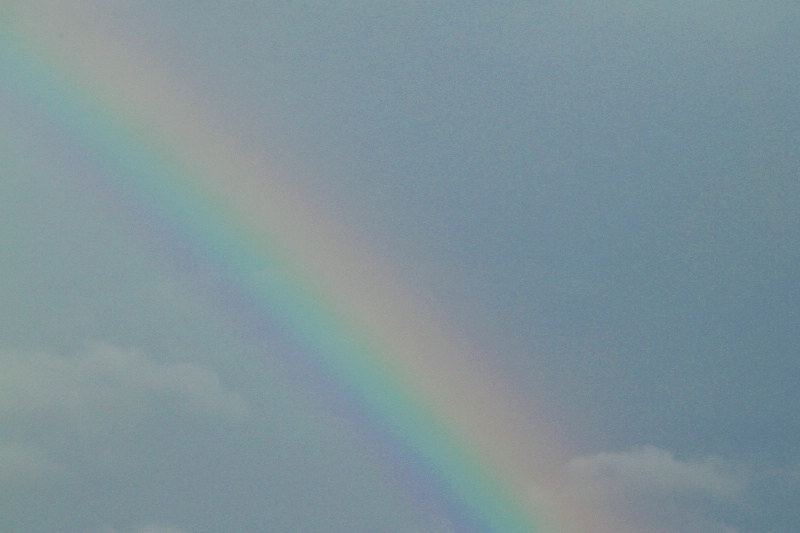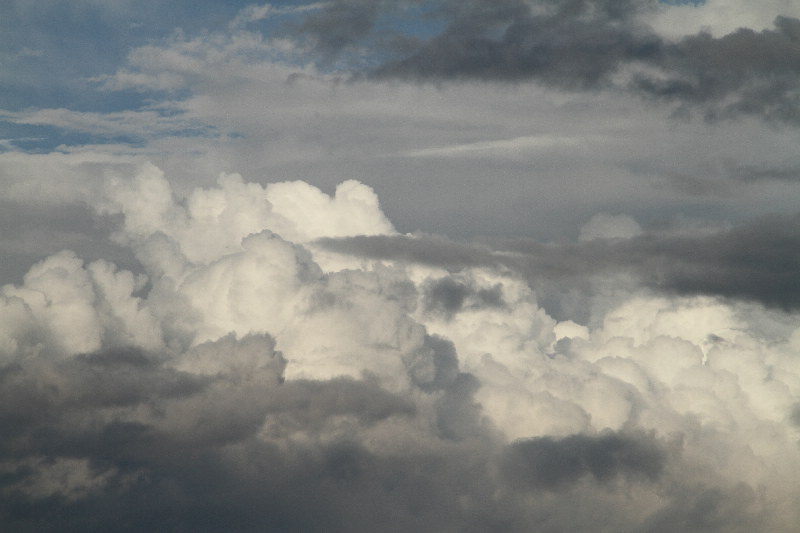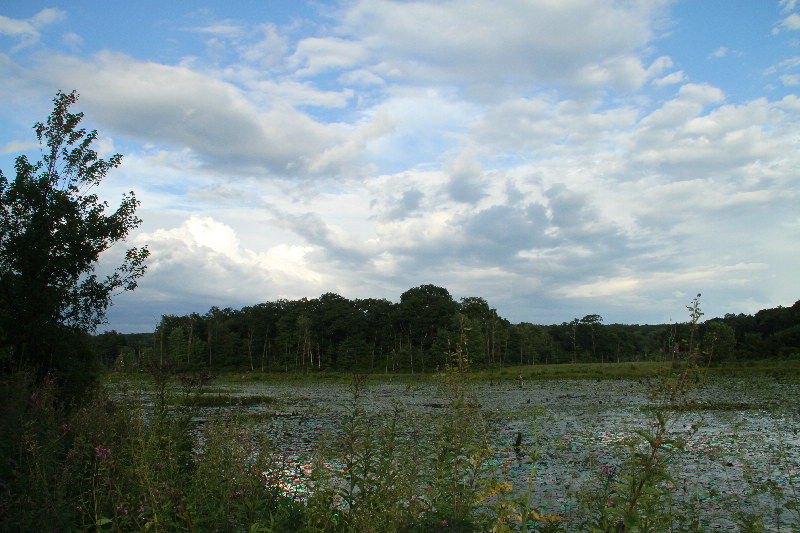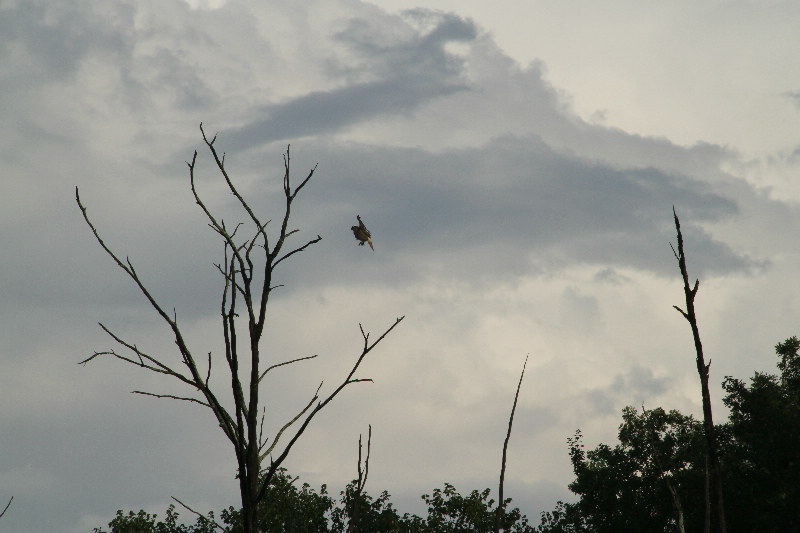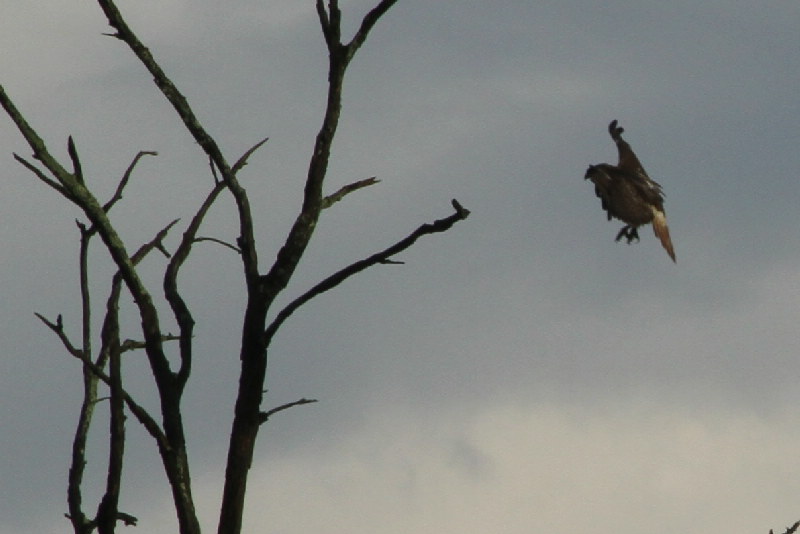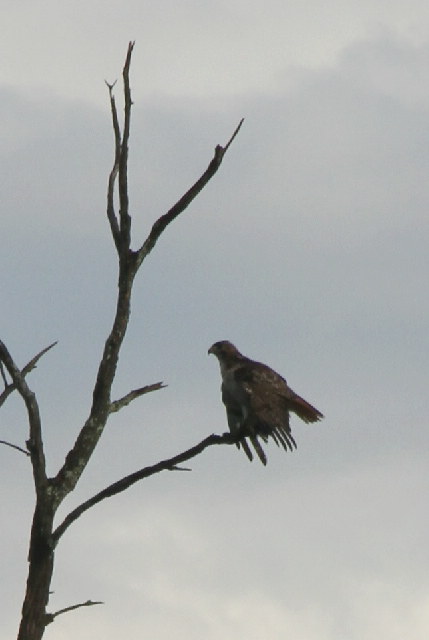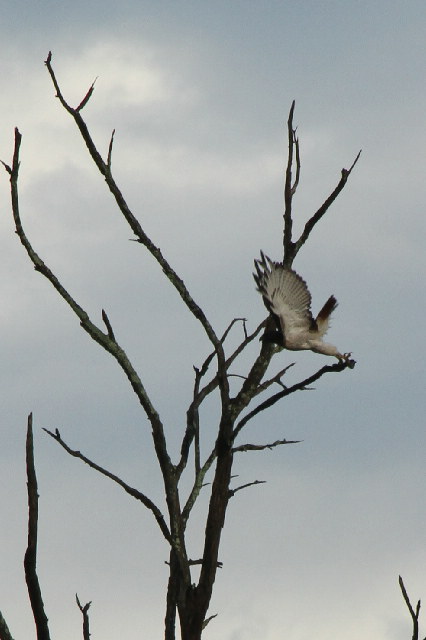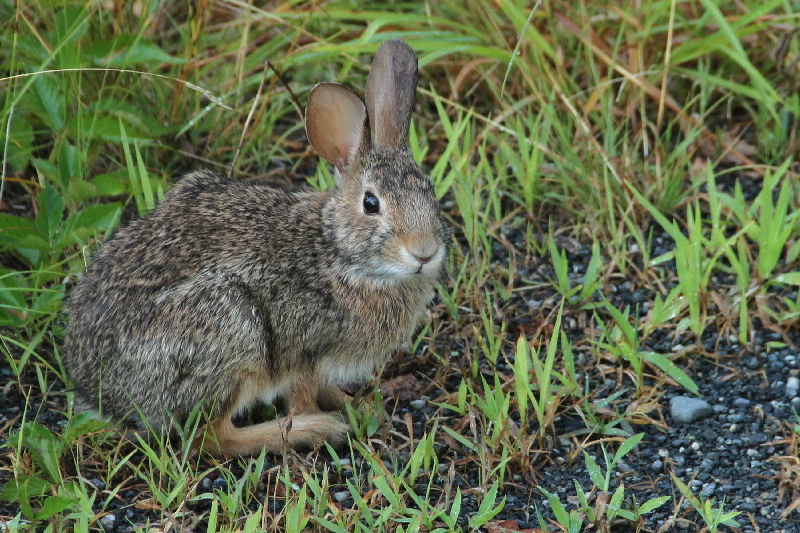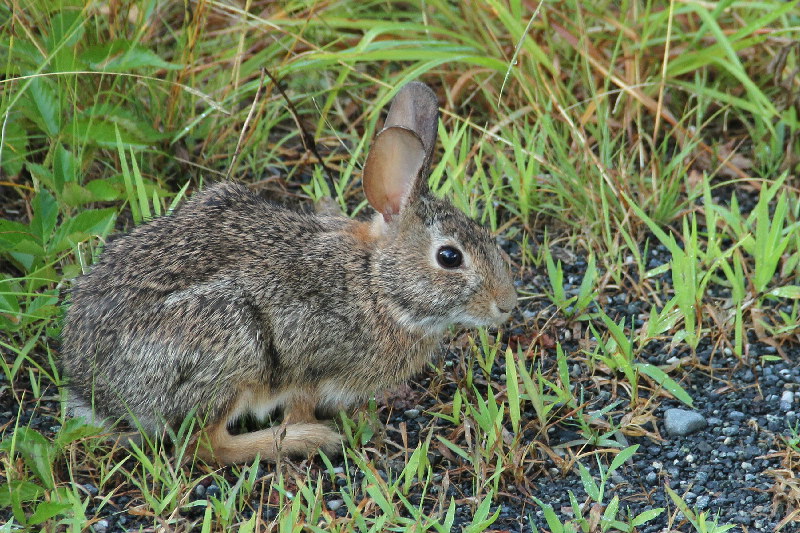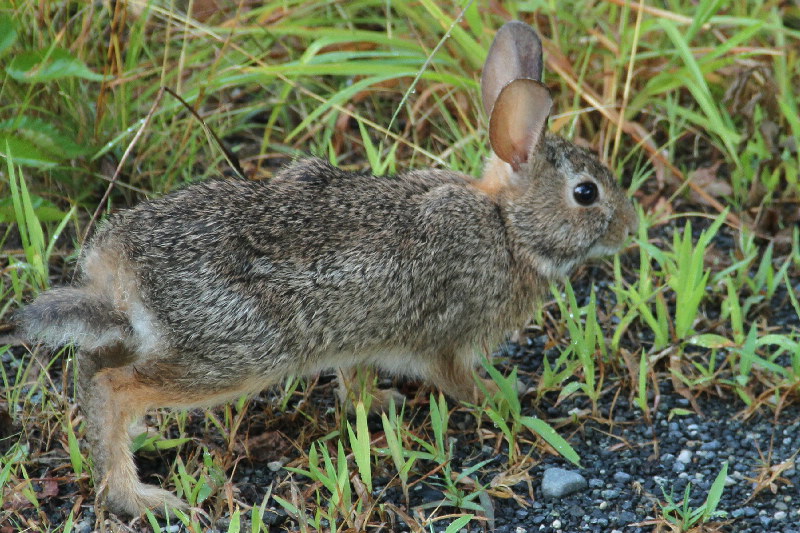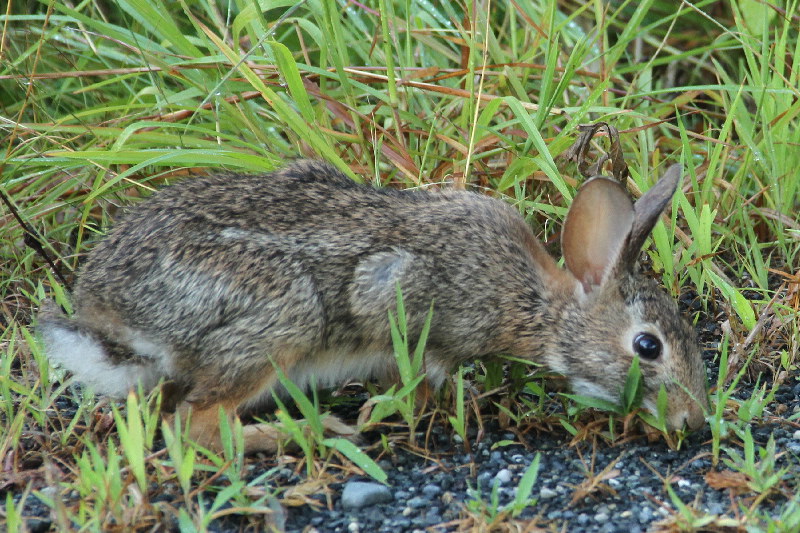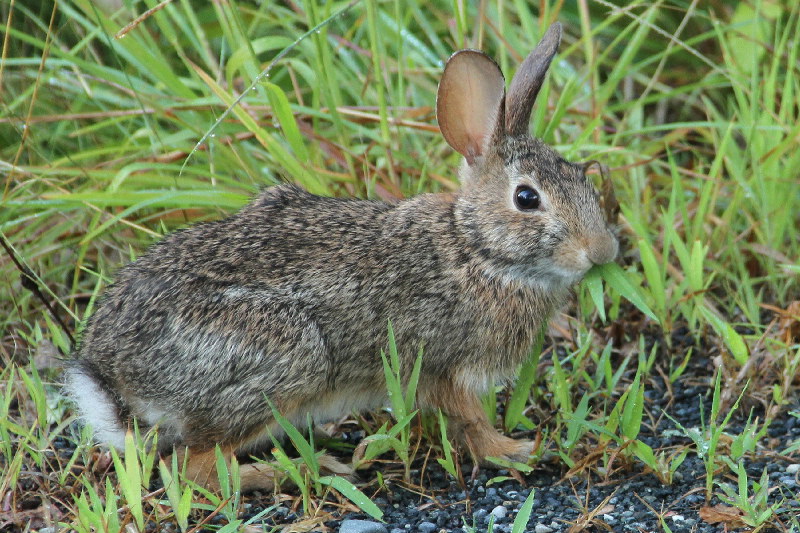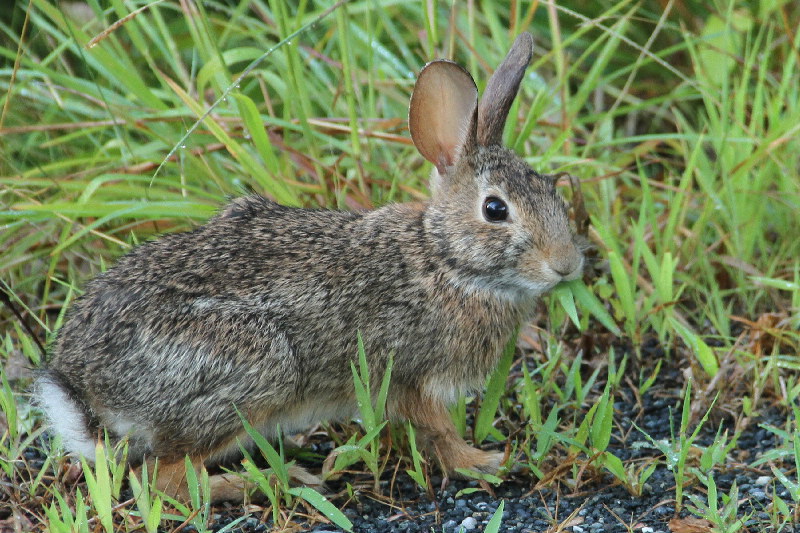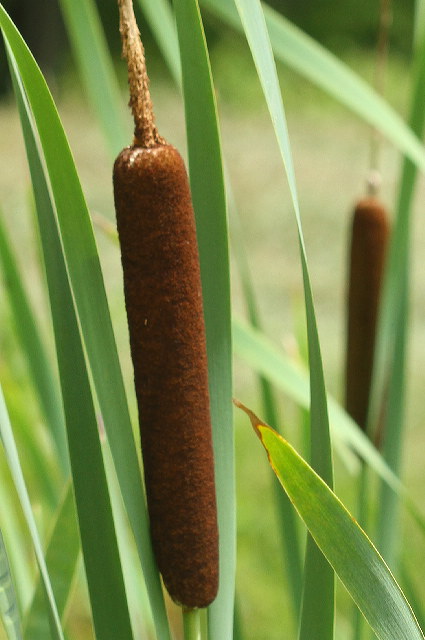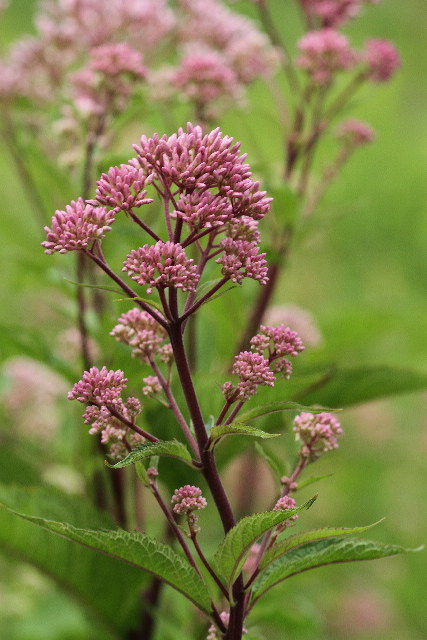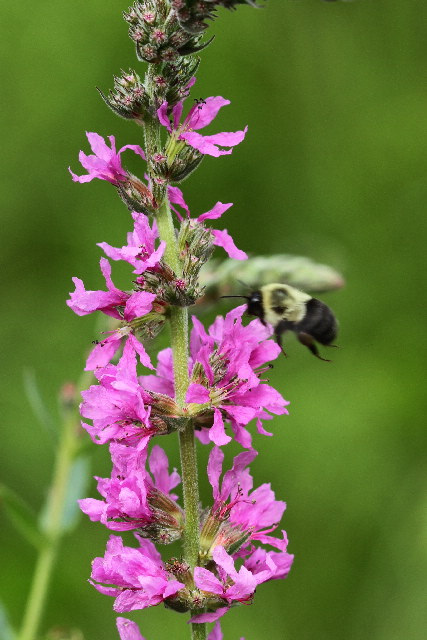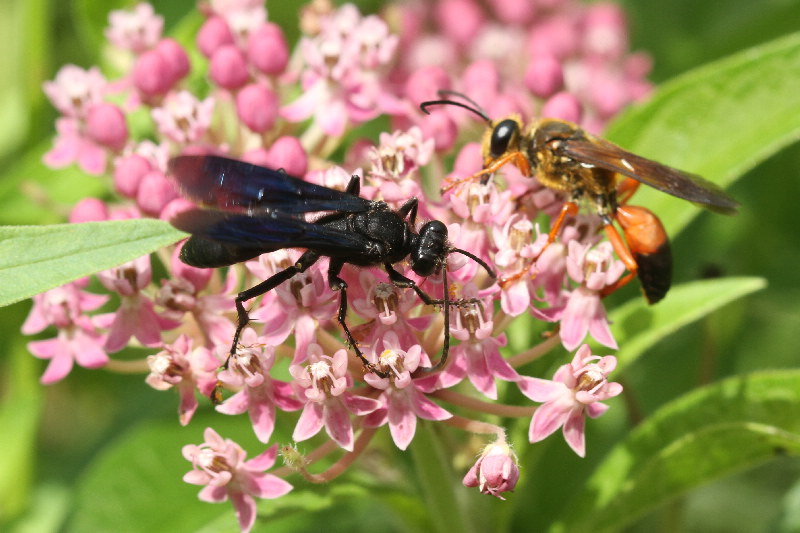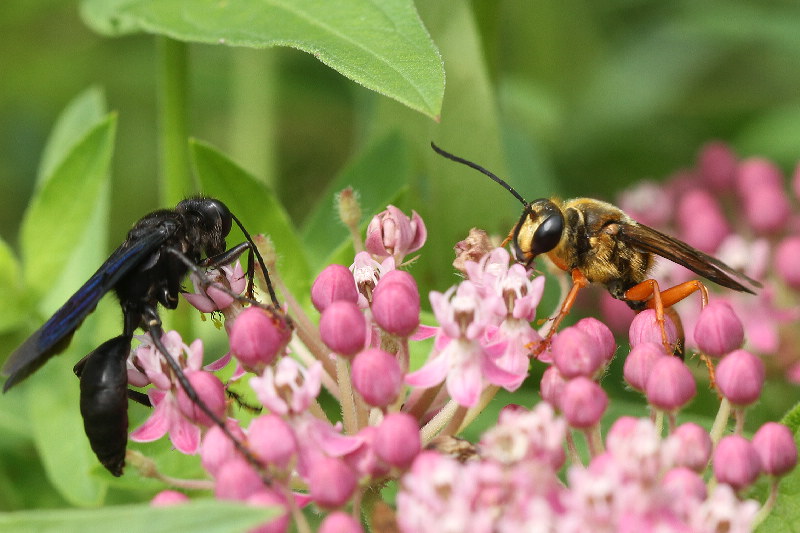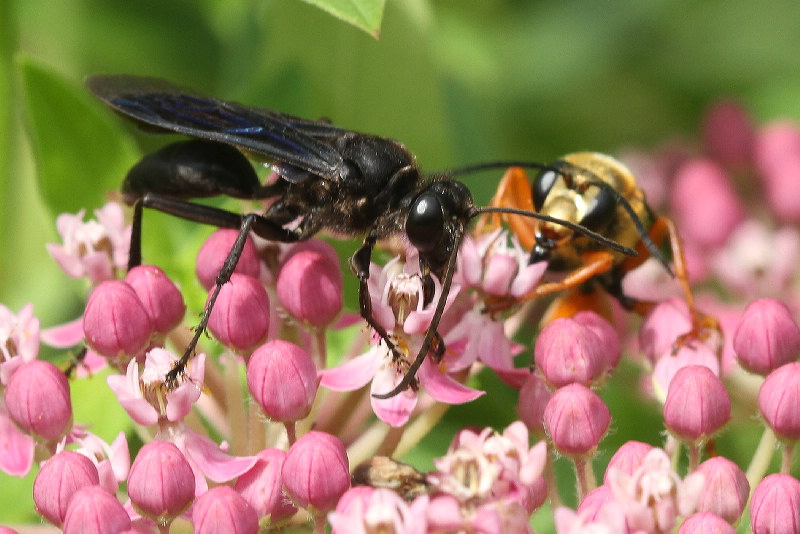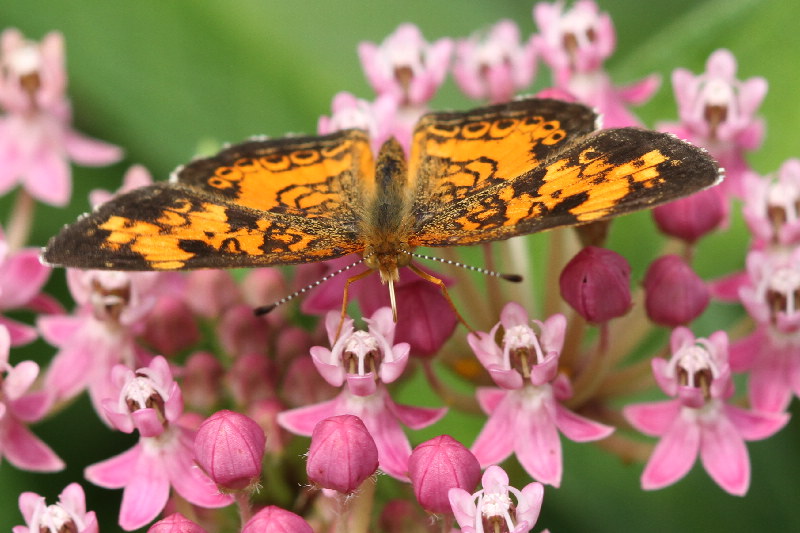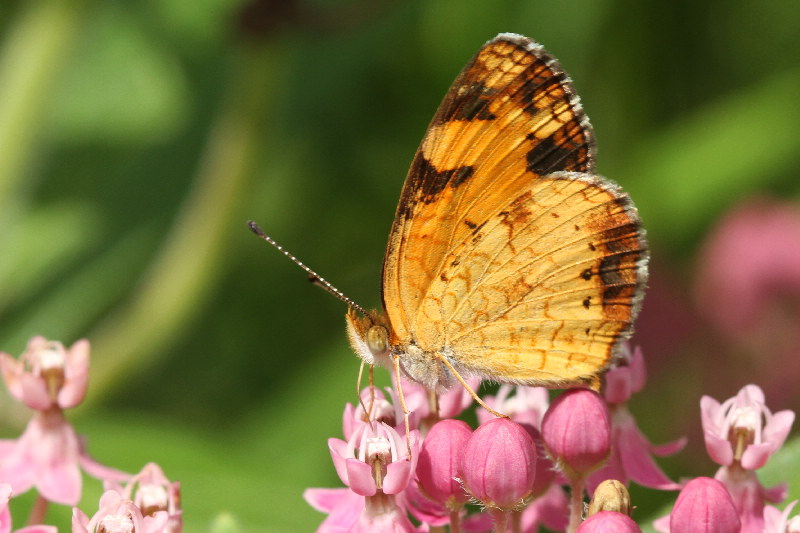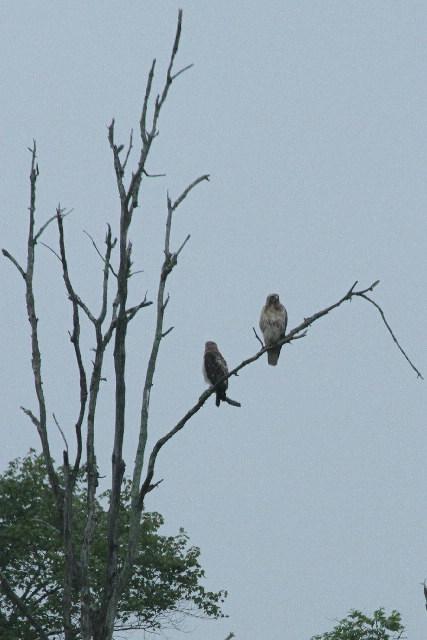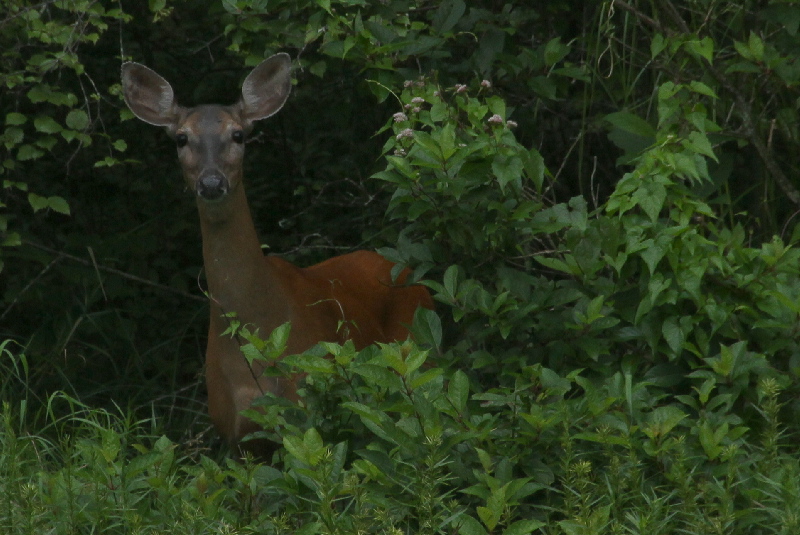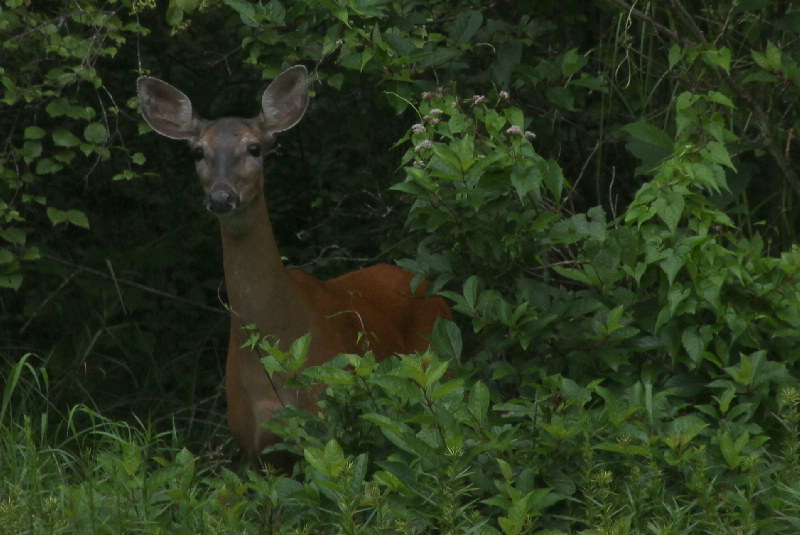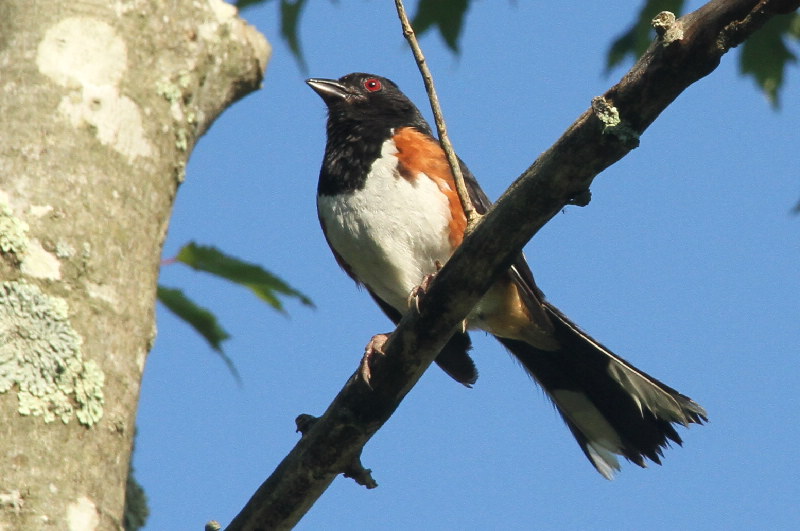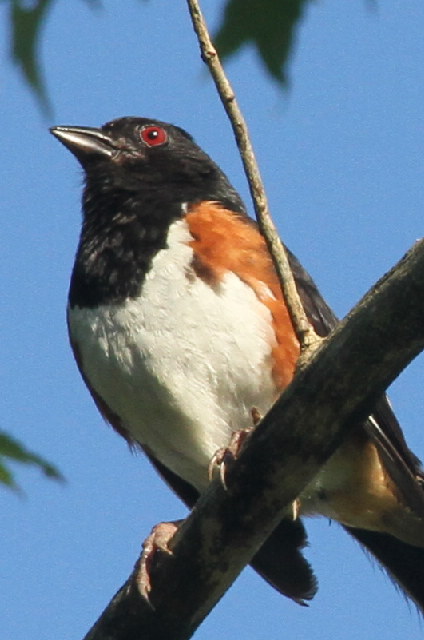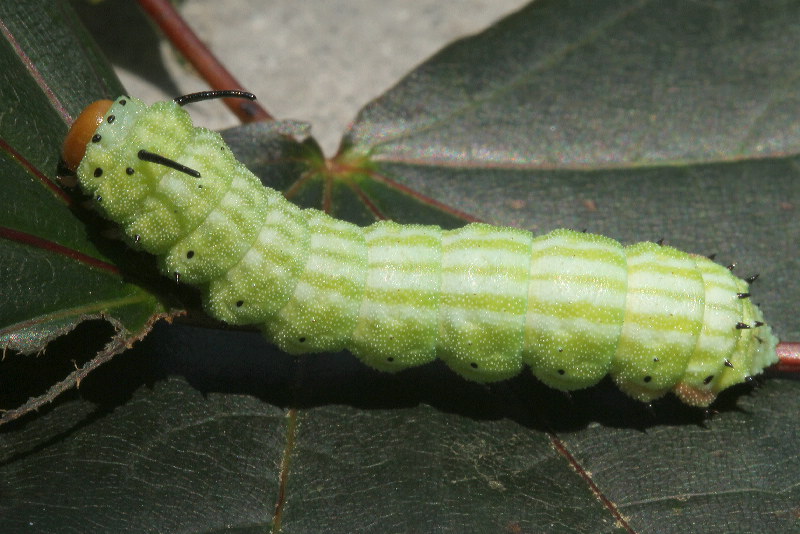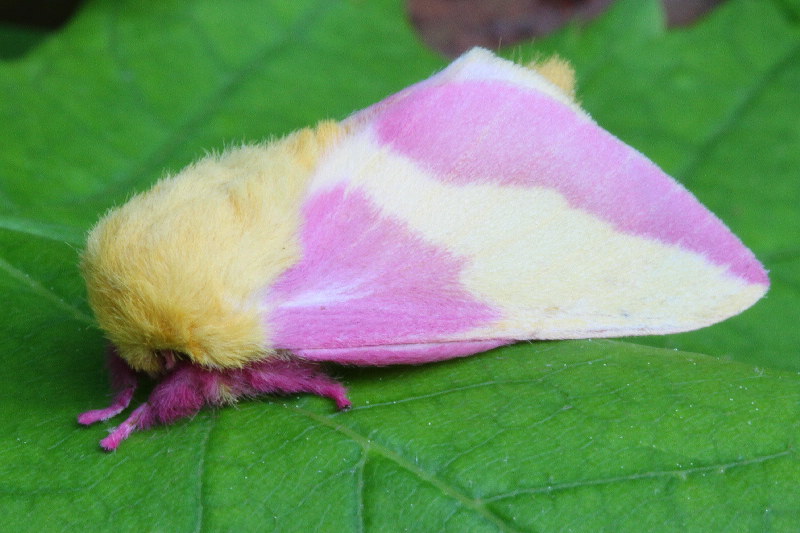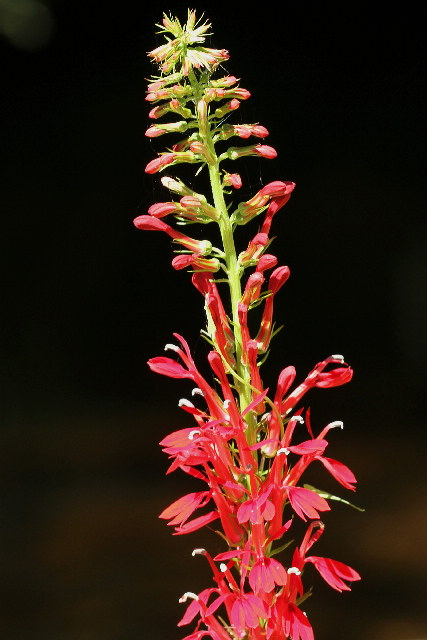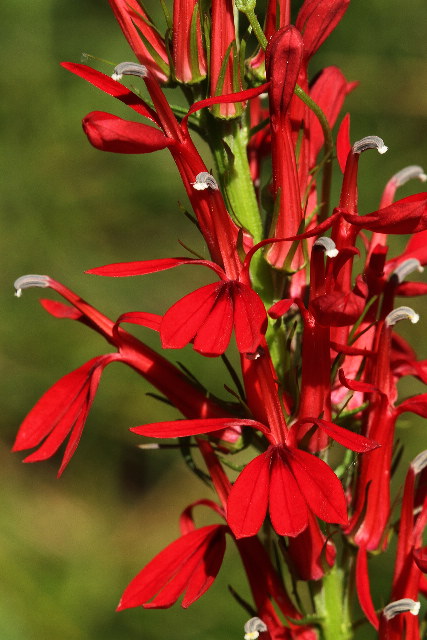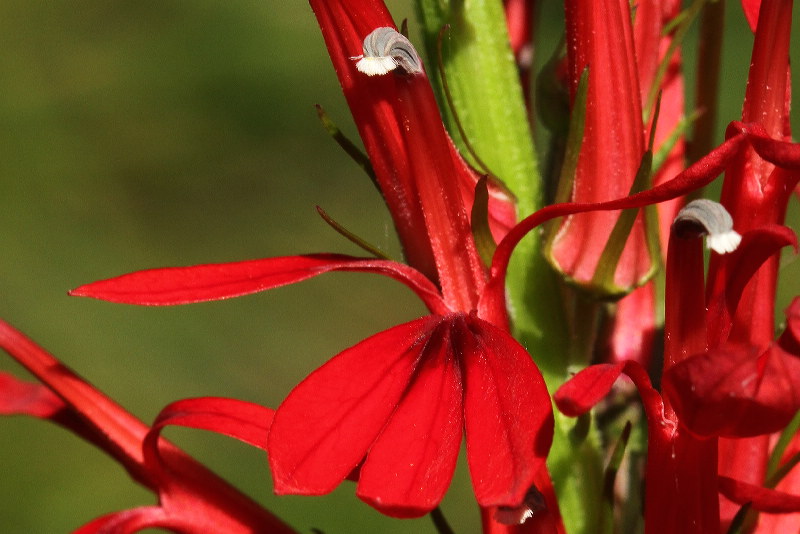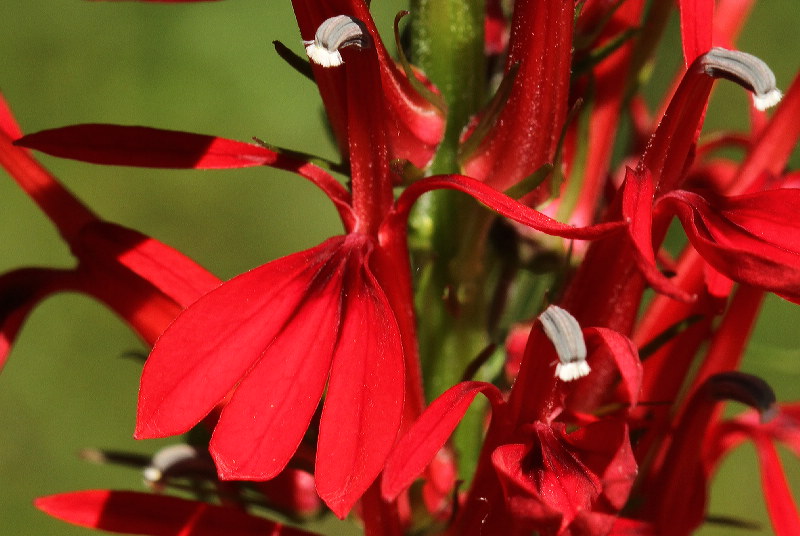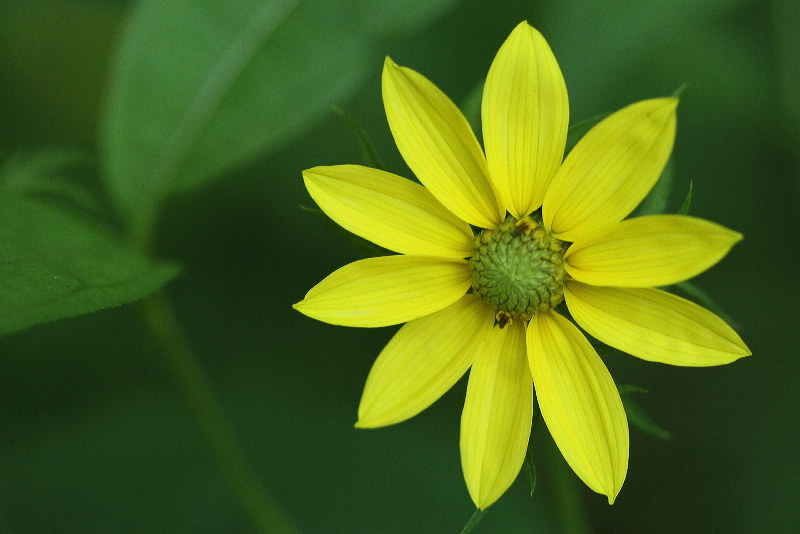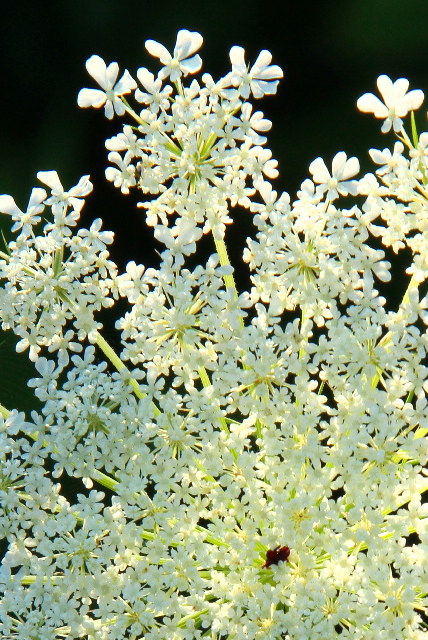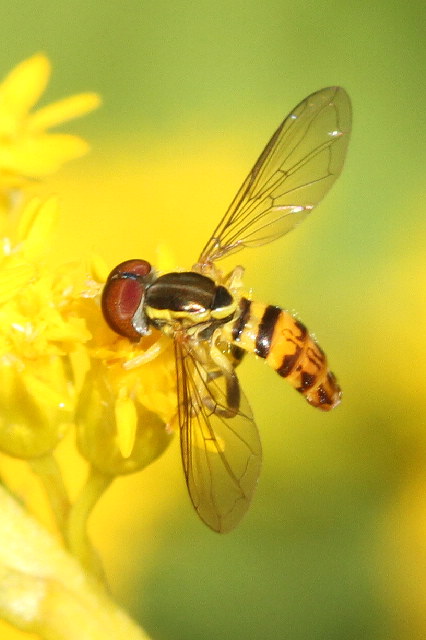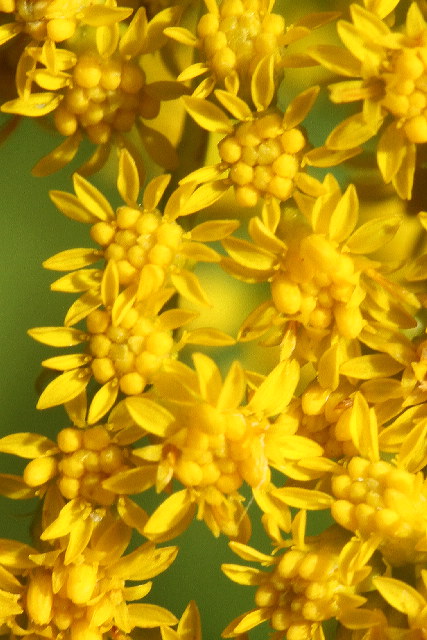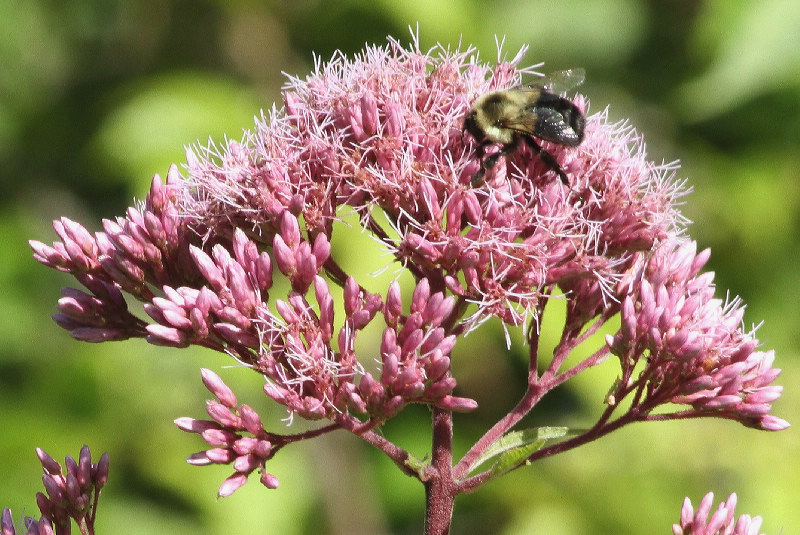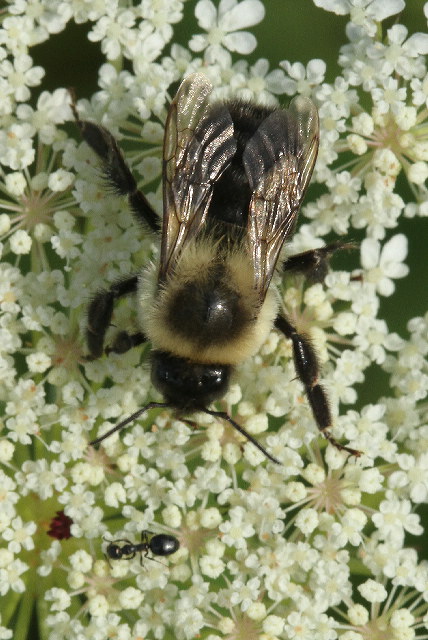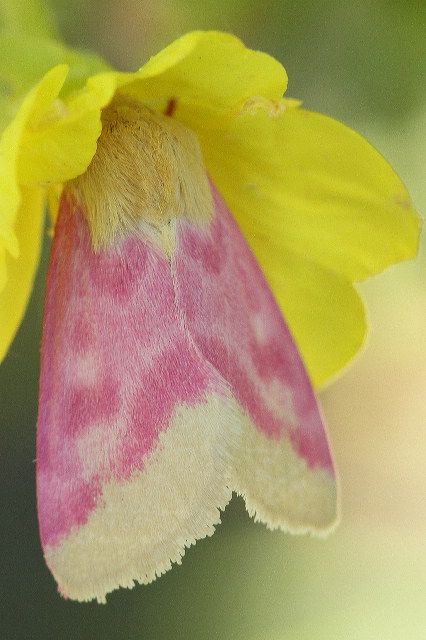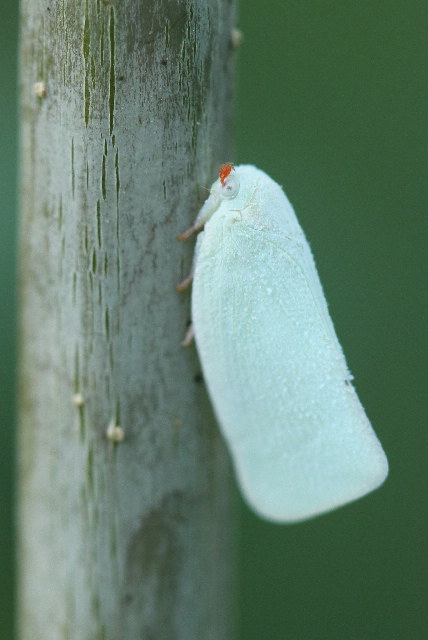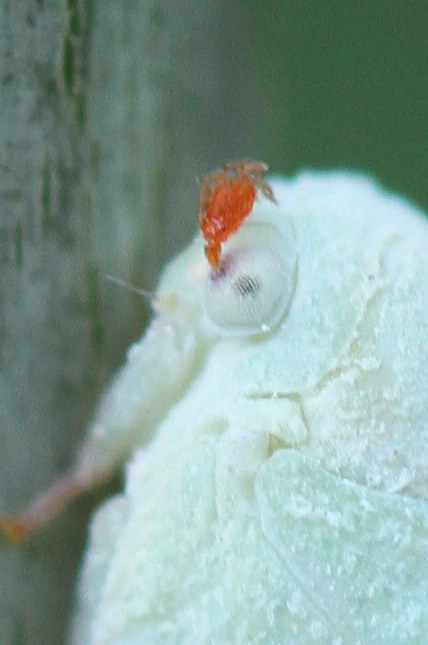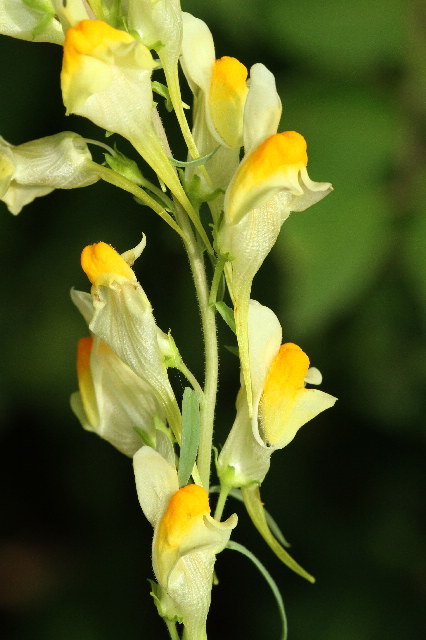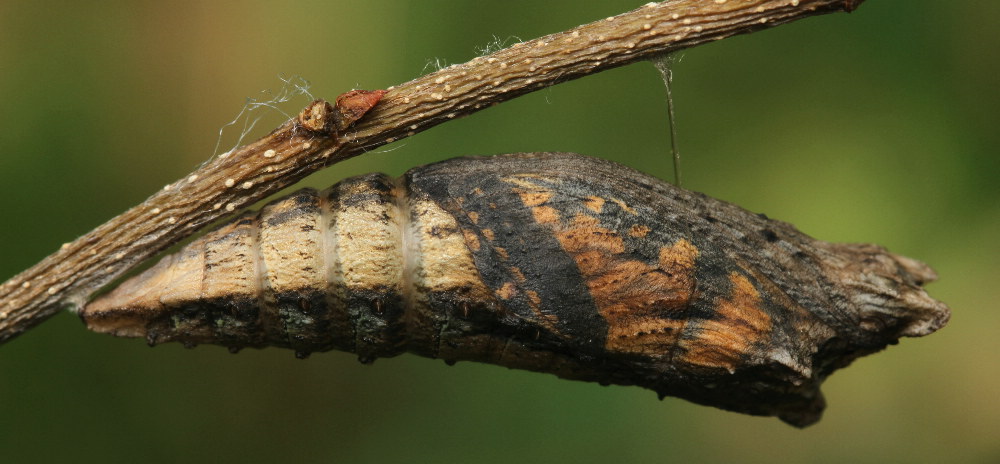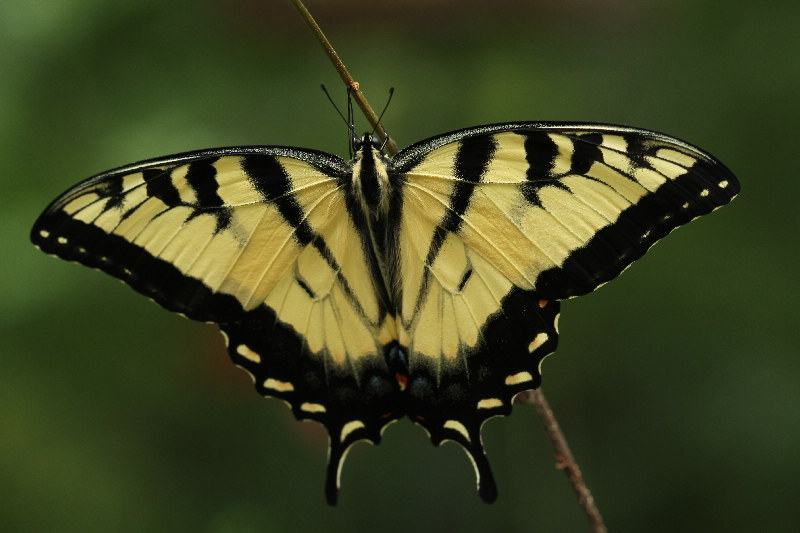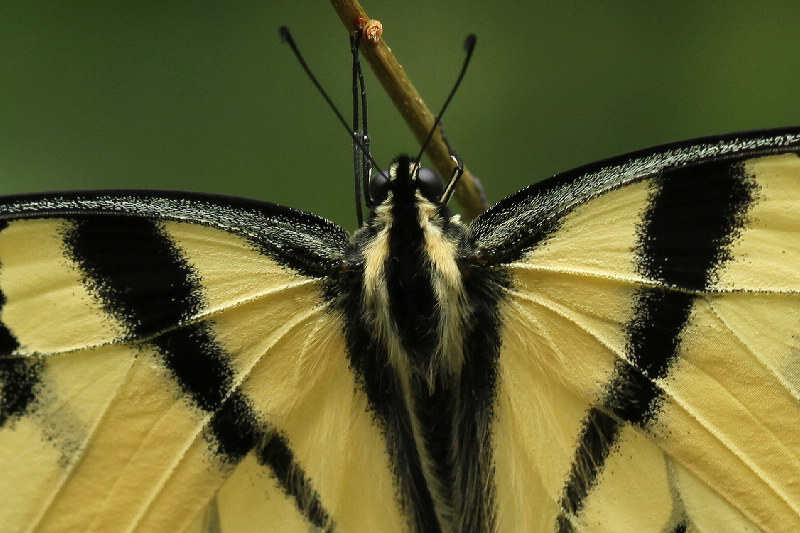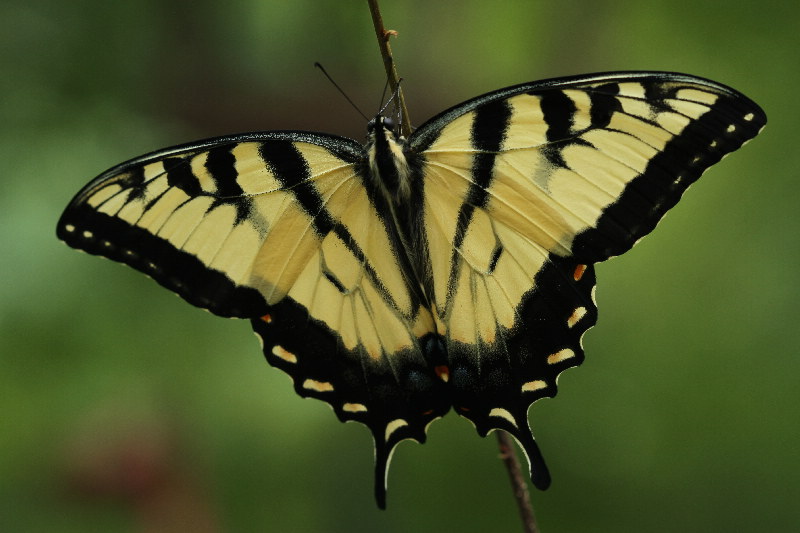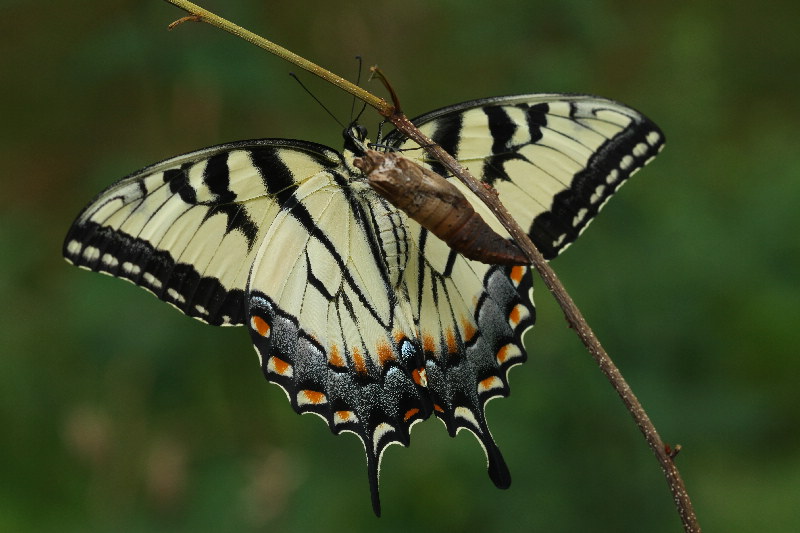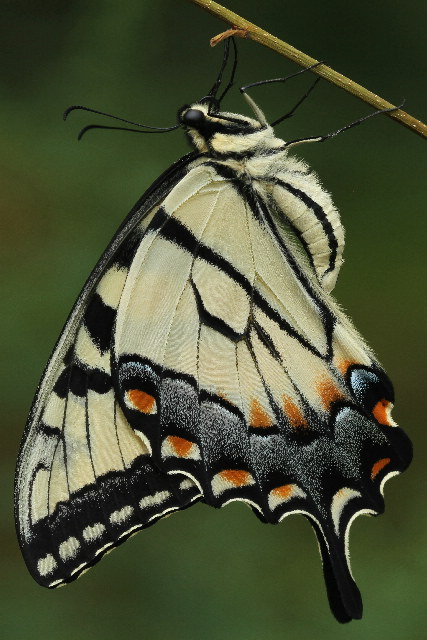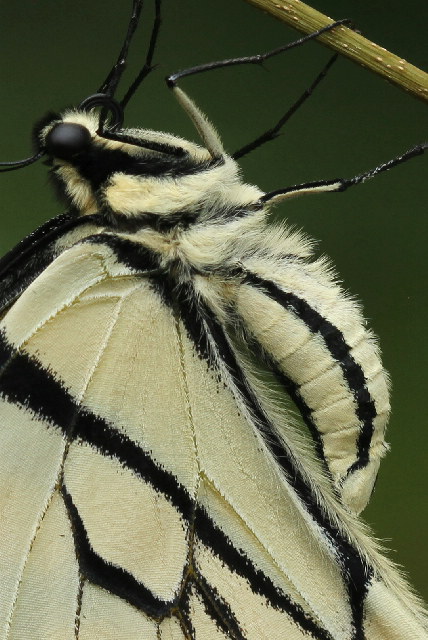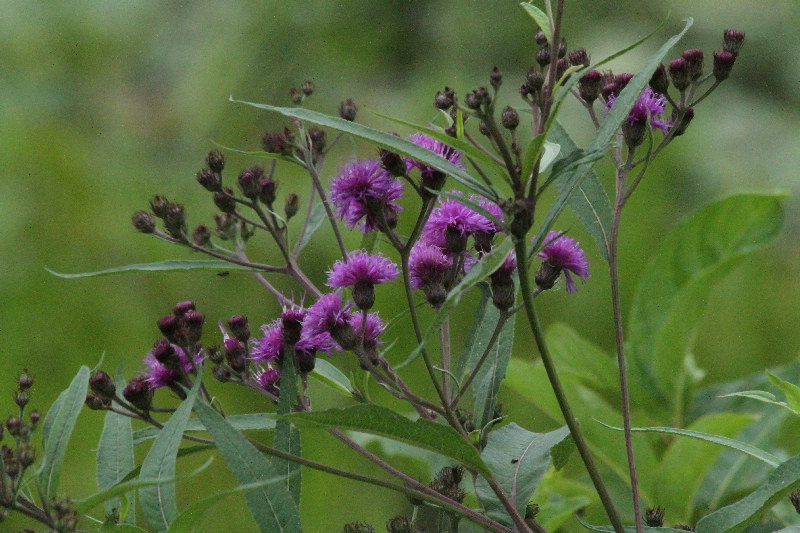Along the Air Line... 2011 - Summer, Part 7 The Air Line Trail in Eastern Connecticut - Stan Malcolm Photos |
mHome Page Stan's FlickR Albums |
July 26th. Rainbow after a strong thunderstorm. |
Beautiful clouds... |
...quickly moved on for the most part. |
Birds were very active, including this... |
...Red-tailed Hawk (Buteo jamaicensis). |
It sat briefly trying to dry its wings... |
...then flew on. |
A young Eastern Cottontail (Sylvilagus floridanus) allowed me to watch... |
|
|
...as it selected some tender young grass... |
...and nibbled it down. |
|
July 27th. An early afternoon visit to Cranberry Bog. Cattails (Typha latifolia) are in flower. The brown heads are made up of counteless pistilate (female) flowers. |
Spotted Joe-Pye Weed (Eupatorium maculatum) in bud. |
Purple Loosestrife (Lythrum salicaria). |
Two Sphecid wasps (probably a Steel-blue Cricket Hunter, Chlorion aerarium, and a Great Golden Digger Wasp, Sphex ichneumoneus) share Swamp Milkweed, taking nectar and spreading the flowers' pollinia. |
|
|
A fresh generation of Pearl Crescents (Phyciodes tharos) are seemingly everywhere, nectaring on flowers. |
The underside is seen less frequently as they tend to rest with the wings open. |
July 29th. Two Red-tailed Hawks (Buteo jamaicensis) this morning. |
And a pretty doe White-tailed Deer (Odocoileus virginianus). |
|
July 30th. A male Eastern Towhee (Pipilo erythrophthalmus). |
Check out that red eye. |
A Green-striped Mapleworm (Dryocampa rubicunda), the larva of a... |
...Rosy Maple Moth. (This photo taken last year, off-trail.) |
The feeding tracks left by three Leaf Miners: two overlap to the left of the midrib, one on the right. All started at the tip of the leaf where the eggs were laid and the tracks are narrowest, then expanded in width as the insect larvae grew. Where they end, the insect emerged as an adult moth, sawfly, fly, or possibly a beetle or wasp. Naturally, the larvae are flattened in order to exist in the narrow space between the upper and lower leaf surfaces where they feed while protected from predators. One more thing to notice: see how the midrib is not crossed except near the leaf's tip? Similarly, the larvae seem unable to cross the other major leaf veins except near the margins where the veins are less stout. |
Cardinal Flowers (Lobelia cardinalis) are blooming in wet margins of streams. |
No other wildflower is as red! |
|
|
July 30th. Woodland Sunflowers (Helianthus divaricatus) are just starting to bloom. Just two of the disk flowers are open. |
Queen Anne's Lace (Daucus carota) close up and back lit. |
August 3rd. A Flower Fly (Family Syrphidae, probably Toxomerus geminatus) on Goldenrod (Solidago sp.). |
Goldenrod flowers look great up close. |
|
Spotted Joe-Pye Weed (Eupatorium maculatum) flowers have opened and are attracting Bumblebees. |
Quite a difference in size between this Bumblebee and an ant. |
I'm still seeing the occasional Primrose Moth (Schinia florida) on Evening Primrose (Oenothera sp.). |
An adult Planthopper (Family Flatidae)... but what's that red thing on its head? |
I'm not sure, but it appears to have a beak and has pierced the planthopper's eye. Could it be a Homopteran, Hemipteran nymph, a Mite, or simply an unfortunate piece of crud? |
August 4th. Butter-and-eggs or Toadflax (Linaria vulgaris), a bit past prime. |
August 5th. The Tiger Swallowtail (Papilio glaucus) chrysalis I photographed on July 22nd (and observed as a caterpillar in previous weeks) was ready to emerge as a butterfly this morning. Note how the adult wing pattern is clearly visible through the skin. |
Two hours later when I looked again, the butterfly (a male) was fully expanded and almost ready to fly. |
|
|
|
|
|
|
August 6th. New York Ironweed (Vernonia noveboracensis). |
